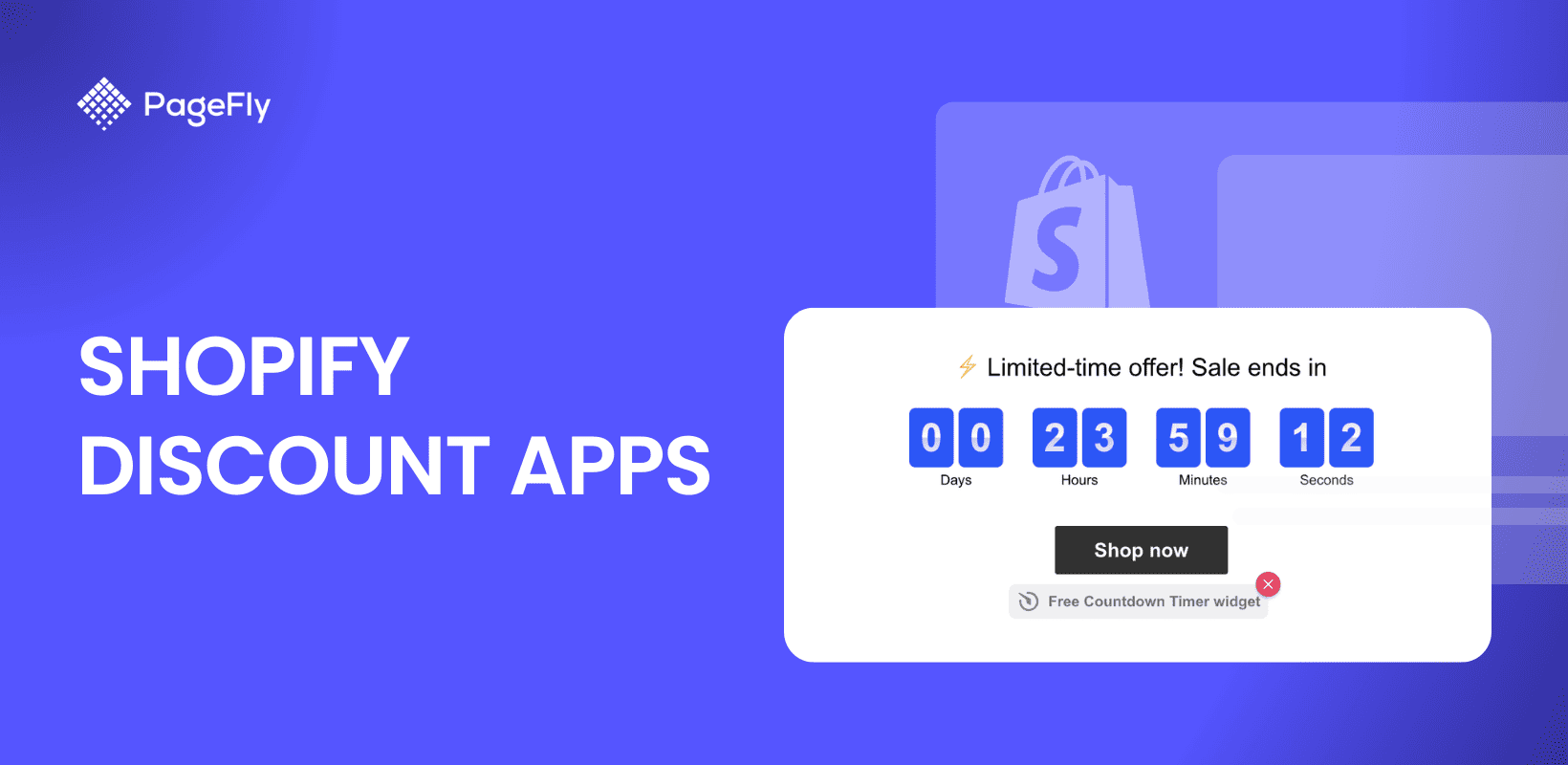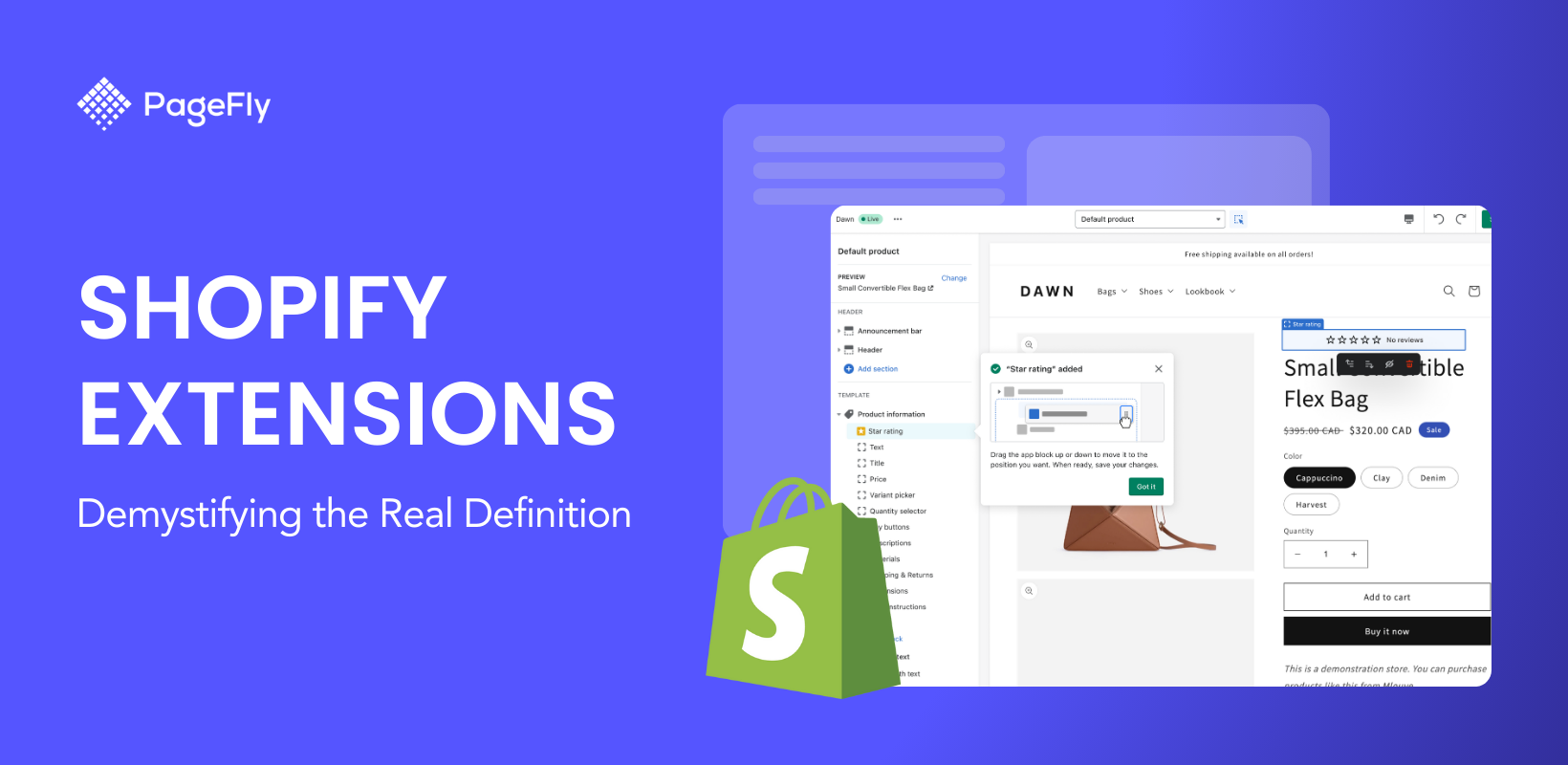When mentioning creating a Shopify Email account, you might ask: “Isn’t email marketing not relevant anymore?” or “Is email marketing still effective in 2024, given the rapid growth of robust social media channels?”
The answer is a huge, definite YES!
Email marketing has long accompanied marketers as an essential tool to connect with customers and gain positive return on investment (ROI). More noticeably, for every $1 spent on email strategies, marketers see an impressive $42 in ROI in the same year (source: Litmus)

So what tools out there are the best for your email marketing campaigns? It depends. You have probably heard of or used MailChimp, Klaviyo, or Omnisend - those are old-but-gold email marketing tools for Shopify merchants, yet you do not have to stick with one platform forever.
Let's explore the app from Shopify: Shopify Email. I am going to serve as your Guinea pig today as we figure out this brand new email marketing solution!
Overview of Best Shopify Email Marketing Apps
Myth: Email marketing has not changed for decades and thus is outdated in this ever-growing technology era.
Truth: Email marketing is evolving everyday, embracing new trends like the “Dark mode” that everyone was talking about on Instagram or AMP for emails. What hasn't changed for the past decade is that email remains the “channel of choice” for marketing communication to every age group, according to Litmus research.
You can learn more about why these trends are taking over and what marketers and business owners can do to optimize their email marketing strategies in the State of Email research by Litmus.
Email marketing is a critical tool for Shopify merchants to build customer relationships, drive repeat purchases, and increase revenue. As a Shopify Partner with over 10 years of experience, PageFly has tested and analyzed various email marketing apps to compile this top list based on customer reviews, usability, features, and pricing.
This curated selection highlights the best tools for different business needs, ensuring you find the right fit for your store. With our expertise in eCommerce optimization, we aim to provide authoritative insights that help you make informed decisions.
Below is a comparison table summarizing the key features of each app. Use this as a quick reference to identify the best email marketing solution for your Shopify store:
| App Name | Best For | Free Option | Rating |
|---|---|---|---|
| Mailchimp | Small to medium businesses needing AI-powered email and SMS marketing | Yes, free for basic features | 4.2/5 (701 reviews) |
| Shopify Email | Shopify merchants seeking seamless integration and branded email campaigns | Yes, free for up to 10,000 emails/month | 4.0/5 (2,407 reviews) |
| Klaviyo | Advanced automation and segmentation for personalized email/SMS marketing | Yes, free for up to 250 contacts and 150 SMS credits | 4.0/5 (3,300 reviews) |
| Omnisend | Ecommerce-focused marketers wanting omnichannel campaigns (email, SMS, push notifications) | Yes, free for up to 250 contacts/month | 4.6/5 (8,000+ reviews) |
| Privy | Small businesses looking for popups, email marketing, and SMS automation | Free trial available; paid plans start at $12/month | 4.6/5 (24,815 reviews) |
| ActiveCampaign | Businesses needing CRM integration and advanced workflows for email marketing | No free plan; pricing starts at $15/month | 4.5/5 (1,200+ reviews) |
| Drip | Growing stores needing advanced workflows and segmentation tools for email campaigns | Free trial available; paid plans start at $39/month | 4.8/5 (81 reviews) |
| Seguno | Shopify merchants wanting a lightweight solution directly integrated with Shopify Admin | Yes, free for up to 250 subscribers/month | 4.9/5 (1,500+ reviews) |
What's next? Let's check out the detailed reviews for the top 10 best Shopify email marketing tools in the market.
10 Best Email Marketing Apps for Shopify
1. Klaviyo: Email Marketing & SMS
Klaviyo is a powerful email marketing app designed to help businesses customize and automate their email marketing campaigns. With an overall rating of 4.2 out of 5 stars in the Shopify app store, Klaviyo offers one of the most efficient marketing systems for Shopify businesses. It mainly provides a 360-degree view of customers, high-end predictive analytics tools, A/B testing, Shopify integration, and a long list of pre-built workflows.
With it, you can quickly analyze and segment customers accordingly, personalize campaigns, automate specific email aspects, test campaigns, and increase ROI. Their main support channels include emails, chat, and SMS opt-in forms.
Klaviyo is an easy-to-use email marketing software, can be set up in a few clicks and is best for small and medium-sized Shopify businesses or any intermediate user who wants to hit the ground running.

2. Omnisend Email Marketing & SMS
Omnisend is a unique omnichannel marketing automation platform that is designed explicitly for growth-focused eCommerce store owners. It primarily allows merchants to add numerous channels to a typical automation workflow targeted for email, web push notifications, SMS, etc.
With a 4.6 star rating, this email marketing app features a user-friendly drag-and-drop email builder and email capturing tools like pop-ups and a landing page. This unique combination is particularly effective if you want to capture new customers and retain all previous contacts.
Its automation features will help you create robust automation workflows and allow you to personalize your message based on specific customer data like their shopping behavior and level of campaign engagement.
Omnisend further offers integration with several other marketing tools and eCommerce platforms. Their pricing model includes monthly subscriptions, and features support through email, live chat, and a detailed knowledge base section.

3. Mailchimp: Email & SMS
Mailchimp is a highly-rated Shopify app for email marketing, crafted to streamline customer engagement and enhance brand growth. Known for its versatility, this tool supports email automation, campaign segmentation, predictive insights, and pop-up forms, helping businesses target the right audience with tailored messages. Its user-friendly dashboard allows merchants to manage their email marketing effortlessly, making it a favorite for businesses seeking consistent, impactful customer outreach.
After connecting with Shopify, Mailchimp provides access to customizable email templates, real-time analytics, and 24/7 support to ensure optimal performance and troubleshooting. Merchants can leverage Mailchimp’s CRM features and integrated tools to track, convert, and retain customers effectively. With its powerful automations, Mailchimp helps businesses craft personalized journeys, boosting conversion and fostering loyalty among customers.

4. Privy ‑ Pop Ups, Email, & SMS
Privy is another top Shopify email marketing tool for improving website conversion, growing lists of contacts, and boosting eCommerce sales. It has a 4.6-star rating, and both small and large Shopify businesses currently use it.
It mainly offers a free suite of campaign automation and email capture tools. For example, Privy's exit-intent-driven banner and pop-up features are designed to help you automate your cart abandonment workflows and win sales.
Their main customizable features include a wide array of mobile-friendly displays, including scroll boxes, website banners, flyouts, announcement bars, pop-ups, and embedded sign-up forms. They also offer an automated A/B split test, which you can use to ensure that all your campaign resources are correctly optimized.
The Privy text option is great for automating your abandoned cart SMS and other win-back campaigns. If you get stuck, you can quickly get the help you need through email, live chat, or phone.

5. Active Campaign: AC Email Marketing Automation
ActiveCampaign is well-known for its category-defining customer experience automation platform, helping 130,000+ businesses worldwide develop and maintain meaningful relationships with their customers. It is a leading email marketing tool, and it currently has a rating score of 4.4 stars on the Shopify app store.
Its main provisions include over 500 pre-built campaign automation that combines email marketing, CRM, and marketing automation for powerful personalization and segmentation across email, SMS, live chat, and social media. ActiveCampaign typically removes silos that hinder customer relationship channels, creating the perfect environment to grow your business in Shopify.
Other notable features include numerous integrations for Shopify and other third-party apps, hundreds of pre-built templates, an easy-to-use email editor, and accessible customer service. Their main customer service channels include live chat, phone support, and a detailed self-help section on their website.
Their pricing model includes a free plan and three other payable plans. Feel free to use the 14-day free trial to test their services before you commit to any contract.

6. Drip: Email and SMS Marketing
Drip is another excellent email and SMS marketing automation app for growing Shopify brands interested in taking their email campaigns a level higher. This tool helps businesses tap into the power of customer data and curate perfectly personalized marketing strategies that boost revenue. It is the best tool for targeting both previous and potential customers.
Drip essentially features many pre-built templates and custom segments with real-time updates, making it easy for store owners to target the right audiences. With a 4.6 star rating, over 30,000+ eCommerce brands in the world today use Drip to engage with customers using proven pre-built playbooks. Quick working examples include welcome email series, abandoned cart workflows, and post-purchase follow-ups.
Pricing starts at $19 per month, but you can take advantage of their 14-day free trial plan to test if they are a good fit for your Shopify store. Their primary live support channels include phone, live chat, and emails. Otherwise, their FAQ site documentation should answer any common question that you may have.

7. Seguno: Email Marketing
Seguno is an email marketing plugin that enables Shopify merchants to run their email marketing campaigns more efficiently. Shopify store owners can create email directories that keep customers engaged and build effective email lists that boost store revenue.
It is a top-rated Shopify email marketing app that currently boasts of 4.8 stars rating from 772 reviews. Its Shopify integration works fine, and you can seamlessly create, track, and manage all your email marketing campaigns without leaving your Shopify dashboard. This means that you can quickly run all email marketing efforts from either the admin panel or your Shopify mobile app without any hassle.
Seguno provides one-click automation for standard emails with ready-made templates for welcome emails to new customers, discount reminders, and thank you messages for buying customers. Some of its unique features include pre-built email touchpoints that let you reduce abandoned checkouts and collect dynamic recommendations for your subscribers.
Seguno pricing includes a free plan for the first 250 subscribers and a $10/month plan for up to 1000 subscribers. They both have unlimited email sending and a 10-day free trial period. For support, their help center section is comprehensive enough to answer most of your common questions, but you can also get live support via email.

Shopify Email App Reviews: Pros and Cons
Shopify Email was released in April, 2020 as an email marketing tool for merchants across the Shopify platform. Before you set up your Shopify Email account, or neglect this tool, let’s go through this brief review of the app.
Wondering is Shopify Email good? This 2024 updated Shopify Email reviews will analyze both sides of this official tools from the perspectives of an eCommerce expert with our real experience in using Shopify email in our marketing activities:
Pros:
The 0-step setup process
Once you have installed the app, it is incorporated right into the Marketing section of your Shopify Admin. That means faster load times and more convenient campaign tracking and analytics - all integrated in one Dashboard.
You can send, manage and analyze your campaigns right in the Shopify Admin. The same process for other platforms like MailChimp, Omnisend and Klaviyo is rather complicated and involves multiple steps, asking for information such as your address, company name, number of contacts, etc.

Omnisend Sign up
Ready-made email templates
Shopify Email app saves you time with their ready-to-use templates to promote featured products, sales, news, and more that are integrated with your store design and products. Or if you like to be creative, there’s a blank one at your disposal.

Shopify Email templates
Pricing
It is completely FREE until October 1, 2020. After that date, you get 2,500 free emails per month. Then, if you decide to send more, the cost for the next 1,000 emails would be $1 USD. Bonus point, Shopify Email allows for a hefty more contacts and sends per week than a lot of other tools, in this case Shopify Email vs MailChimp, Omnisend and Klaviyo:
Tools | ||||
Free plan | ||||
5 campaigns/week → 100,000 emails/week | 10,000 sends total (2,000/week) | 250 contacts total | 250 contacts total |
In terms of pricing, it is quite obvious that Shopify Email is the most affordable among its counterparts. If you already have a Shopify store and are looking for a tool that saves money for your business, I encourage you to play around and experiment with this app.
Cons:
Few email templates
Since this app is newly developed, I expected there not to be a lot of templates yet. There are currently 8 templates with 1 blank canvas. Shopify is working towards developing more templates and features for users to use.
No email marketing automation
Examples of email marketing automation include welcome emails, activation or confirmation emails that automatically send if customers or activities fit the rules/triggers that you set out - in this case, when a customer signs up for a new account on your website.

Example of Email marketing automation
However, you can still set up different customer groups and target specific ones for each campaign using Shopify Email. Then, you can choose to send a specific group when you’re customizing your email.

Shopify Email subscribers
Bug/feature problems
I have not personally encountered this problem, but a number of merchants report problems such as the app is blocked from their stores, or customers getting emails at completely different times (some getting emails at 6 p.m, some at 9 p.m and some at 11 p.m). For all complaints being submitted, Shopify Support is following to offer help to merchants.

Shopify Email review
Now that you know the pros and cons of Shopify Email, if you believe the strengths outweigh the weaknesses like I do, let’s set you up with the app!
How to set up your Shopify Email account? - Easiest way
When I said the account set up is hassle-free, I truly mean no hassle at all. From your Shopify Admin, head over to the Search box at the top of the page and search for “Shopify Email” then click on the result under Apps. Or even easier, you can login and start using the app right away on this app announcement. It’s that simple.
Don't have a Shopify store yet? Start Free Trial.
- Firstly, go to Shopify App Store and search for "Shopify Email":

Shopify Email app search

Shopify Email on Shopify App Store
- Click Install to install the app to your your. You will find it right away in your Admin dashboard:

- Once you have downloaded the app, it’s located neatly under the Shopify Admin > Shopify Email > Create Campaigns. There, you can start producing your email campaigns.

Shopify Email template
How to customize your Shopify Email Marketing campaign?
In order to set up your email marketing campaign, you can start by utilizing the features included in this video, which includes: change the products (already incorporated with your store), change fonts, images, background/text colors, etc.
Watch our video explanation
To make the best out of your campaign and really drive positive results, check out the Best Practices for Shopify Email.
Other Top Apps for Shopify Marketing Reviews From Shopify App Store
When looking for the best Shopify email marketing tools, you should search for integrated tools in its own app store. Here're the list of 10 other apps from Shopify app store for you to consider:
- Yotpo Email Marketing & SMS - A comprehensive email and SMS marketing solution focused on boosting eCommerce revenue with targeted messaging.
- Sendvio: Email Marketing & SMS - Advanced email and SMS marketing app that offers tools for abandoned cart recovery and more.
- AfterShip Email Marketing, SMS - Provides email and SMS automation features to enhance customer engagement and boost sales.
- PushOwl + Brevo: Email, Push, SMS - A versatile tool combining email, push notifications, and SMS marketing, especially useful for abandoned cart recovery.
- Avada Email Marketing - An all-in-one email marketing app with automation features for campaigns and SMS.
- theMarketer: Email Marketing - A tool designed to drive sales through email marketing and loyalty programs.
- Orderly Emails - Templates App - Helps customize email templates for order notifications and enhances brand consistency.
- Grid & Pixel Email Templates - Offers customizable and easy-to-use email templates for marketing automation.
- SmartrMail Email Marketing SMS - Combines email marketing and SMS, featuring options for newsletters, pop-ups, and abandoned cart recovery.
Each of the above best Shopify email marketing apps provides distinct tools to help Shopify merchants manage and optimize their email and SMS marketing campaigns effectively.
Bottom line: Is Shopify Email Good?
If you are looking for a way to save up the dollars for your business or just started your Shopify store, Shopify Email app would be your best friend. Since it’s hassle-free and requires no marketing or design knowledge and is affordable, you can engage your customers with your campaigns with no cost at all until October.
Create your Shopify Store and install Shopify Email today. When you step up your marketing and e-commerce game and want a more advanced tool, you can always explore the vast selection available at your convenience.
Shopify Email FAQ
Yes, Shopify Email is a reliable and user-friendly tool for creating and sending email campaigns directly from your Shopify admin, offering templates and integration with your store data for effective marketing.
Yes, Shopify Email Marketing is a great option for Shopify store owners, providing easy-to-use tools, customizable templates, and seamless integration with your store to create effective campaigns and track performance.
To sum up, some of the best email marketing apps for Shopify include:
- Klaviyo
- Omnisend
- Privy
- Mailchimp
- Shopify Email




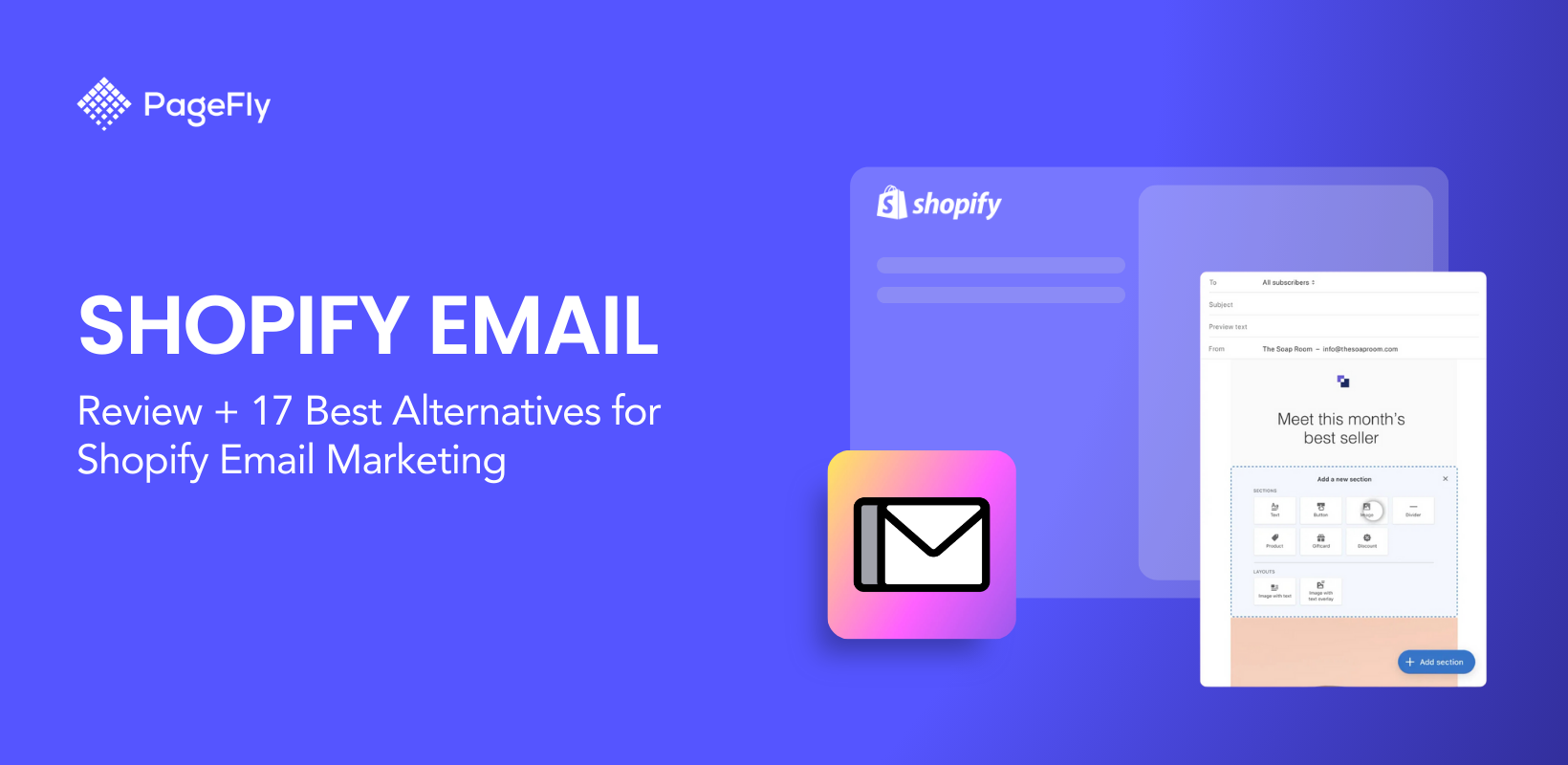
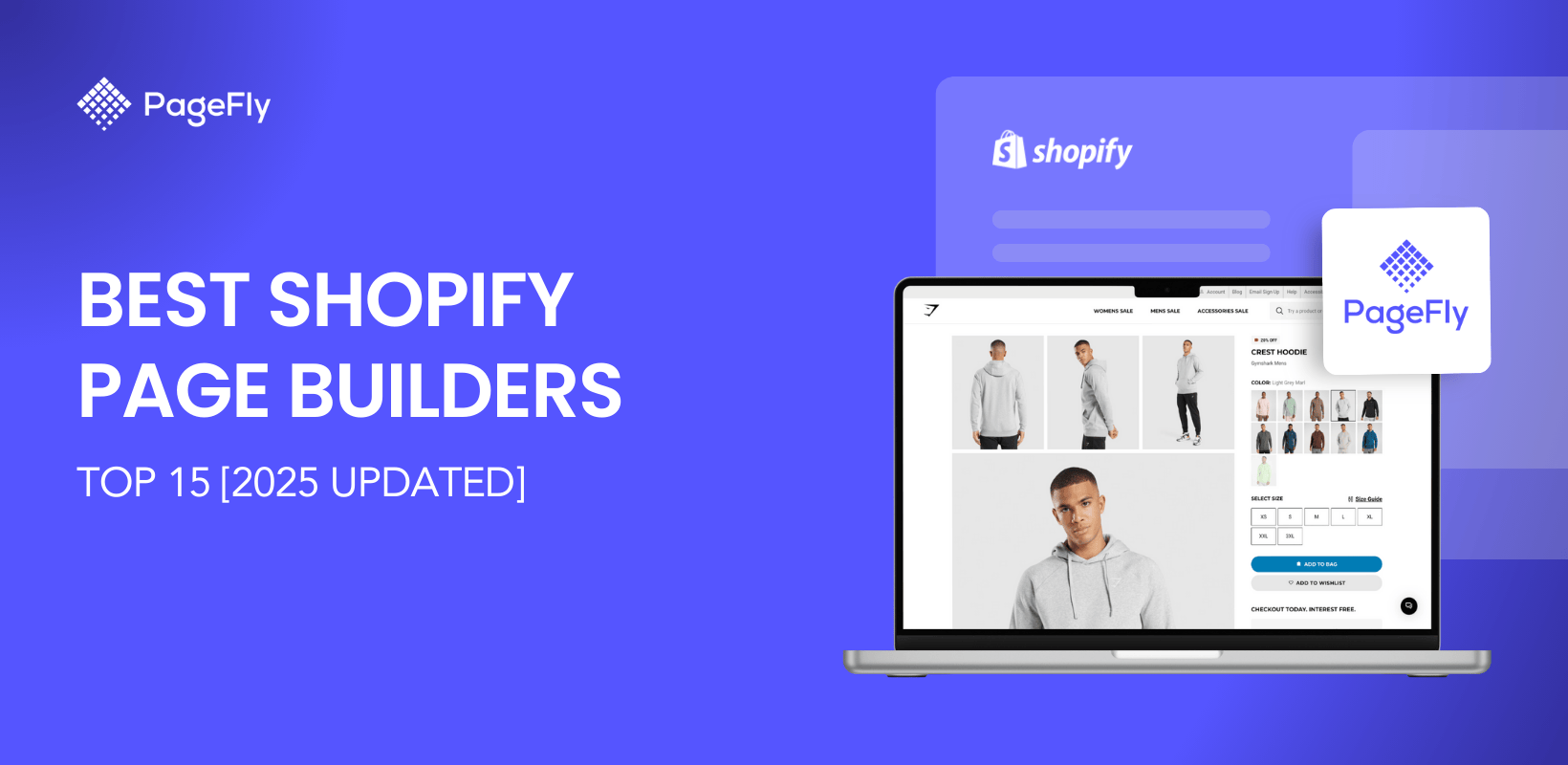
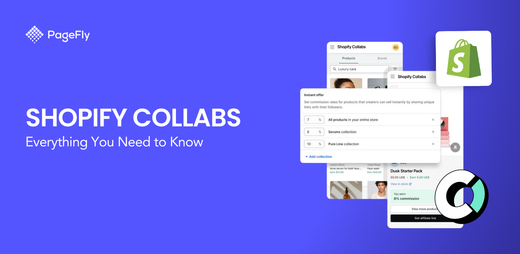
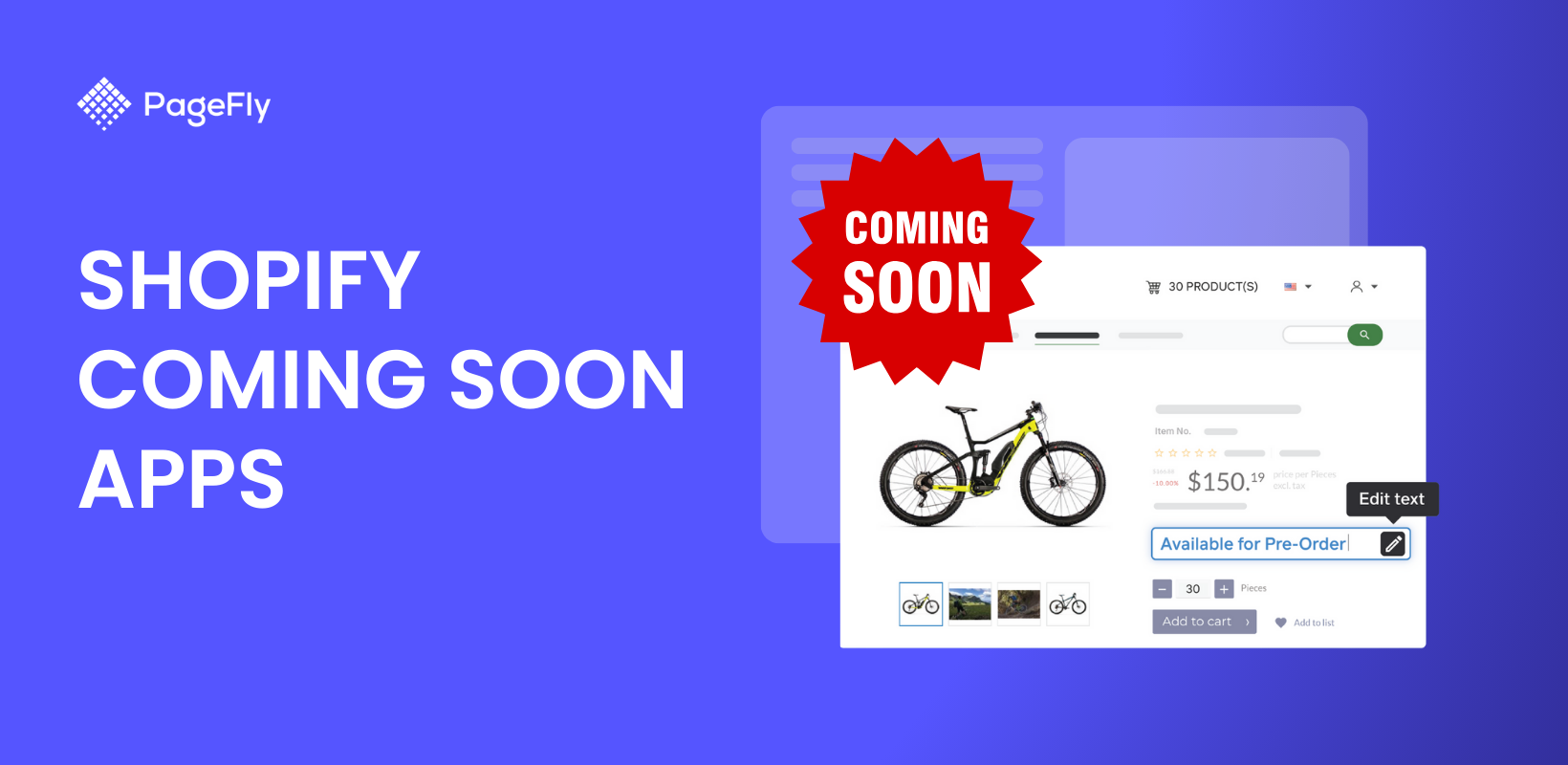
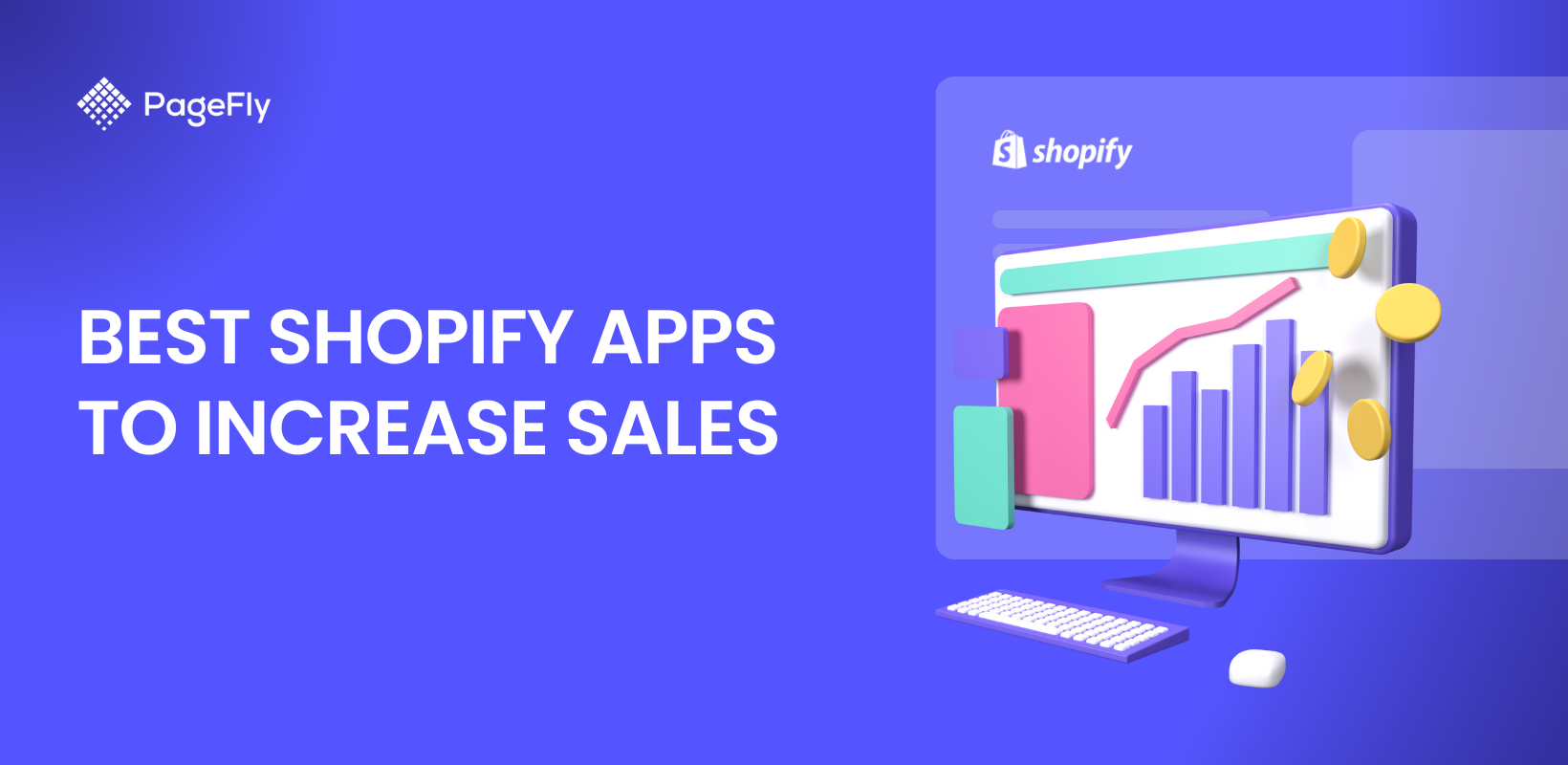
![10 Best Shopify Landing Page App 2025 [Real User Review]](http://pagefly.io/cdn/shop/articles/shopify-landing-page-app_781018ce-decc-4209-83f7-cd780d5d9aa1.jpg?v=1741798396&width=1640)
